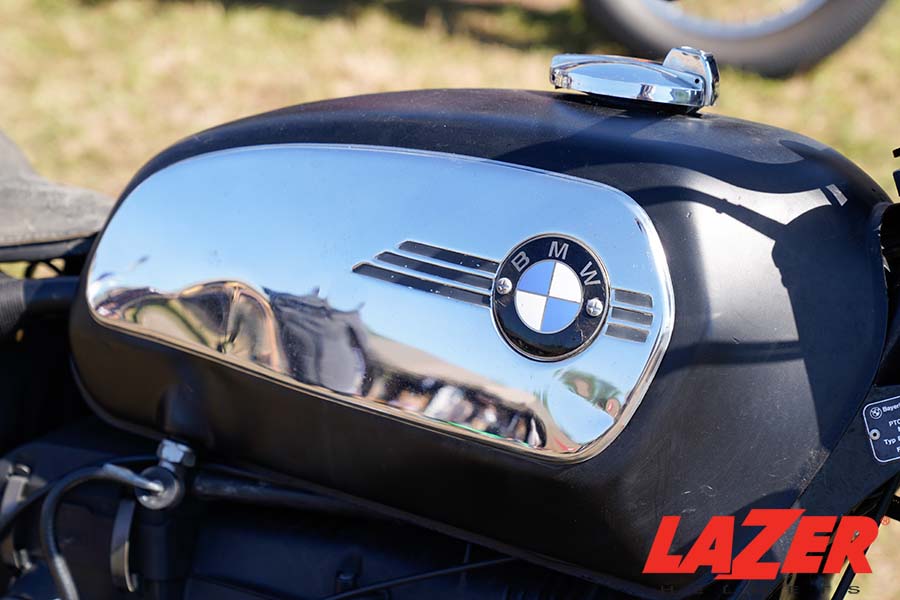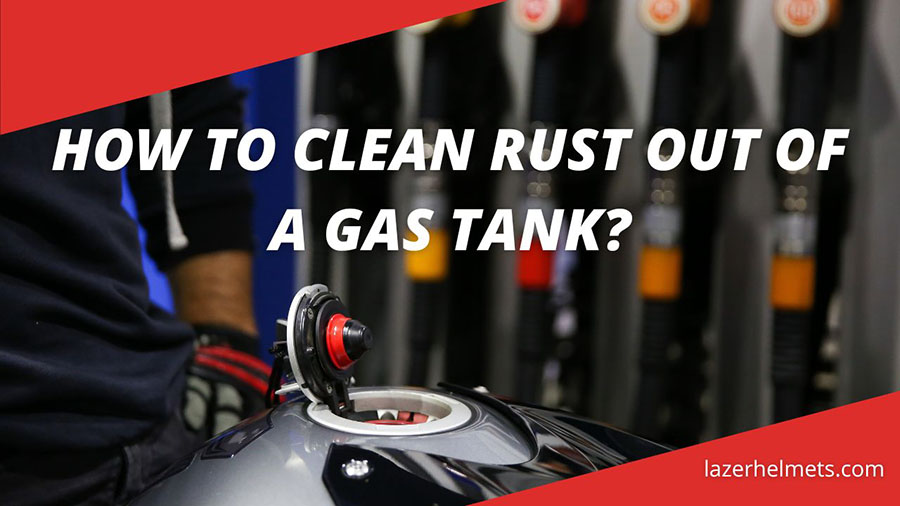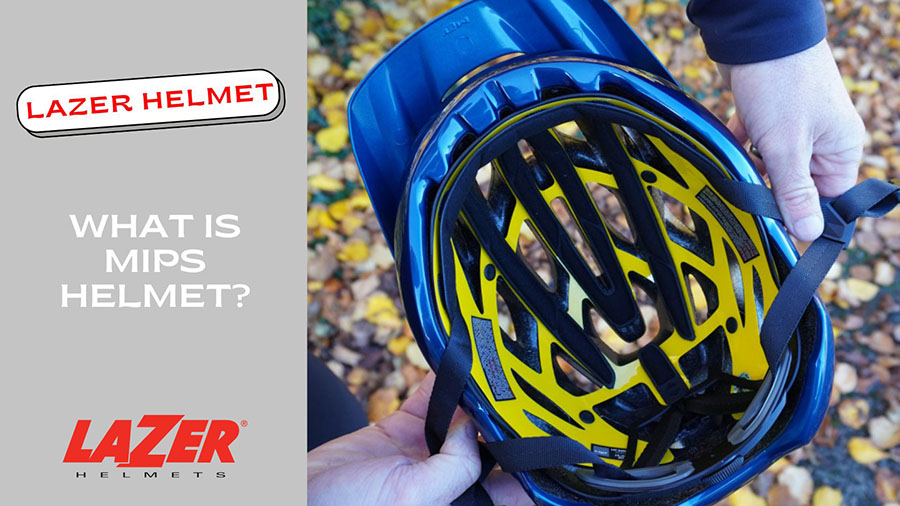Rusty gas tanks are the most tricky among many vehicle problems and dilemmas, partly because so many drivers underestimate their consequences.
If not treated immediately, the tank corrosion and breakdowns will lead to major damage in other engine and automobile components, significantly impairing the car’s performance.
Fortunately, the issues are not that hard to solve once you pay them enough attention. With the incredible tricks and methods provided in detail in this article, you will learn how to clean rust out of a motorcycle gas tank in no time.
Table of Contents
Why Does A Fuel Tank Rust? Common Signals of Gas Tank Rusts
Why Does Your Tank Become Rusty?
- Steel corrosion. Most metal fuel tanks use galvanized steel constructions, which eventually crumble due to over-time corrosion. Steel also includes iron, which reacts strongly with oxygen.
When and how long this rusting process occurs differ across each car. Nevertheless, it’s inevitable.
- Excessive moisture. The more dampness your gas tanks contact with, the higher the risks of severe timescale rust.
Road salts only speed up this process, as the salty content enables the oxidation procedure to transpire much more quickly.
- Fuel quality. Moisture enters the fuel tanks easily due to loose filter caps and contaminated gas.
High humidity conditions might also play a part in this disaster. And once settling in the tanks, water will sink to the bottom, accelerating the oxidation at incredible speed.
Signals of Gas Tank Rusts

- Strong gasoline smell. It’s among the most transparent (and extreme) signals that the tank’s performance has failed. Never drive the vehicle when these strong odors are present – since they indicate gasoline vapors within the cabin, which can put you in dangerous situations!
- Flakes of rusts. If the tank interior is rusting, the chips and flakes will easily find ways to enter the remaining fuel system parts. As a result, the fuel filter will get clogged, damaging the fuel injectors.
After some time, your car will suffer from lean running conditions due to insufficient combustion chamber fuel.
What Substances Can You Use for Rust Removal Gas Tank
Abrasives
Due to their robust construction, abrasives are the strongest method to keep a gas tank clean. They are also very accessible; you can use any rough materials (ex: loose bolts and nuts, BBs).
For better efficiency, we recommend using water-soap mixtures to swish these abrasives, dislodging rusty particles much more easily.
Acids
Strong acids (such as hydrochloric acid and muriatic acid) create strong chemical foam reactions, helping to loosen the rusts in a blink.
Using acids AND abrasives concurrently is also a great idea, beating the rust extremely fast; the only thing to note is to ensure they are compatible.
Another note: if the tanks contain soldering, you should avoid muriatic acid solutions since they might eat up the tank materials before all rust is removed.
Electrolysis
In simplest terms, electrolysis passes electric currents through ionic substances to tear the materials apart, pushing the rust off the tank. Some equipment is required, such as ferrous metal (ex: iron), sodium carbonate, and 12V batteries.
Since electricity is involved, you should be cautious when disconnecting and connecting the power sources, guaranteeing the metal has no contact with the tank’s edges.
Though a bit dangerous, trust us when we say this method removes much more rust than most other strategies.
Home Remedies
These products are easily found in your kitchen, whose acid content is more than enough to beat brazen rusty particles. Consider some of the following suggestions that can work:
- Vinegar + Baking soda. Any vinegar type is acceptable (cider, apple, white vinegar, etc.). Some added water is also recommended, neutralizing the acids better.
- Citric liquids. They are available in most online stores and supermarkets, taking effect within 24 hours (sometimes even fewer, thanks to the aid of boiling or warm water).
- Cola. A bit uncommon, but that doesn’t mean it is not effective! The phosphoric acids included in coca (a substance also found in standard cleaning kits) can remove the rust and seal your clean tanks at the same time.
Gravels – A Free Method
As one of the most cost-effective options, gravels are terrific for those who don’t want to spend too much on rust remover tools and cleaning kits.
The sharp gravel edges work wonderfully in tearing rusty particles that bind together. It would also help to add in liquids with pebbles (such as petrol or diesel). Avoid pure water since it only results in another rust build-up.
Clean A Fuel Tank of Rust With 5 Steps
This one-size-fits-all guide applies to all vehicles (cars, motorcycles) or any device that uses gas tanks, such as lawnmowers. Trace along our guidance carefully!
Step 1. Remove The Gas Tank
Before diving into further steps, you must disconnect the gallon tanks. Otherwise, there’s no way to access or clean it safely.
Basically, you need to unscrew the bolts/screws and unstrap the ties that hold the tanks together.
For Motorcycles:
Remove the gas cap, petcock, and any hose attached to the tank.
For Lawn Mowers (and Other Items of Similar Nature):
Remove the spark plugs and fresh fuel lines.
For Cars:
Before extracting the tank, you must jack your car first. Position the jack below the vehicle (preferably under the car’s jack points; you may refer to the manual to spot these locations), then move it slowly up off the ground. This way, you will have enough room to get under the car.
If necessary, use two jacks simultaneously to lift the vehicle more securely. After that, remove the tanks like you do a motorcycle (extracting the screws and straps).
Step 2. Empty lingering gas in the tanks using a siphon. Then pick a hose to spray the tanks inside out. Throw the water away when you are done.
Step 3. Hold a handful of bolts and nuts and place your hand into the tank, cleaning the varnish. Roll around the fasters for 5-10 minutes. Repeat the movements if necessary, and dump these fasters once done. Remember to spray out the tanks as well.
Step 4. Wear old clothing to prepare for dirt and grime, and put on some rubber gloves and safety goggles to cover yourself thoroughly.
Now choose one of your favored substances (already listed above) and proceed to the next stages:
- Abrasives and Gravels: Scrub the material/gravel all over the tanks to tear the surface rust off the tank. Then combine hot water and soap in a cup, pouring them into the tanks to swish the abrasives and gravel around.
- Chemicals/Home Remedies: Soak a soft cloth in these liquids, then spread it evenly across the surfaces. Put more pressure on places where the rusts are acting the most stubborn.
- Electrolysis: Purchase soda ash (or sodium carbonate) to create the Na2CO3 chemical composition. Put two tablespoons into the tanks (remember to turn off the power source first!) and leave the tanks to dry on its own for a few hours.
Step 5. Spray the tanks one last time using garden hoses and let it air dry. Wait for at least 24 hours (more if necessary) before using the device/vehicle again. Otherwise, the gas will get mixed up with water.
What Happens If You Do Not Clean Gas Tank Rusts?
If you ignore all the warnings and keep neglecting your cleaning tasks, the following might occur:
- Inconsistent fuel flows, affect the vehicle’s acceleration and idling state.
- Clogged lines and fuel filters, causing pressure buildups.
- Engine’s rust circulation, cutting down the required air.
How to Prevent Future Rust for The Tanks
Keep in mind these simple (yet incredibly effective) tricks:
- Fill the tanks with high octane, leaving no room for rust condensation.
- Add fuel stabilizers during the device’s inactivity, preventing gas breakdowns in storage.
- Is the device unused for long periods? Then remove its tanks completely.
The best way to avoid such a catastrophe is to always check the entire tank carefully at the end of your working day. Please spare a few seconds to glance at it once you arrive home, and clean any unusual dirt or grime quickly with a soft cloth and regular cleaners.
FAQs
1. What Helps Dissolve Rust The Quickest?
You can trust that cleaning the fuel tank with vinegar or acetic acid will do the trick.
2. Can Rusty Gas Tanks Ruin Engines?
Yes. Car engines are not designed to run with corroded tanks.
Conclusion
This article has delivered excellent tips on cleaning rusty gas tank compartments for cars and motorcycles.
The steps are straightforward for even a confused beginner, but remember that they can take longer than necessary if you have neglected the rusty particles for too long.
These cases might demand the inclusion of extremely strong liquids and gas tank rust remover, so prepare your budgets.
See more: How to Store Motorcycle for Winter?









